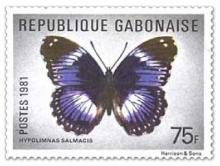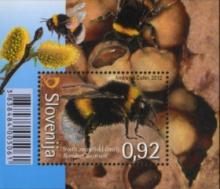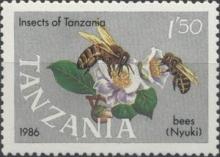Two-thirds of common and widespread larger moths have declined over 40 years
Moths are vanishing from our skies at night, declining in southern Britain by 40% over 40 years, a major new report published on Friday reveals. Three species have become extinct this century already, following the permanent loss of 62 species in the twentieth century. The calamitous and largely hidden effect of human activities on these crucial insect populations has been exposed by light traps set in more than 525 sites across the country, which captured nine million moths between 1968 and 2007. Two-thirds of common and widespread larger moths have declined over this 40-year period, with the Orange Upperwing, Bordered Gothic and Brighton Wainscot all becoming extinct in the last 10 years. Moths are key indicator species for assessing the health of the environment. These findings point strongly to a wider insect biodiversity crisis and mirror declines of butterflies and bees and carabid beetles. The declines could have a knock-on effect for plant pollination and animals reliant on moths for food, such as garden and woodland birds, bats and small mammals. Butterfly Conservation Surveys Manager and lead author of the new report, Richard Fox said: "This report paints a bleak picture about Britain's biodiversity. Much has been made of the decline of butterflies and honeybees but moths represent the massive, but largely un-noticed diversity of insects that form the vast majority of animal life in Britain.










